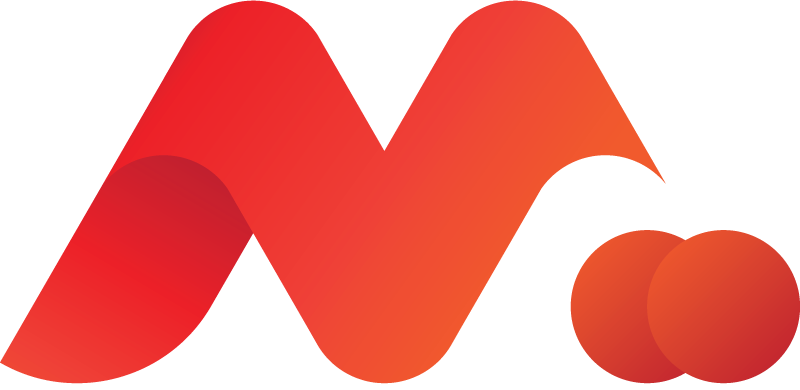
In the previous installments of our four-part series on building a successful new product, we’ve explored the “Aha” moment of identifying an unserved need and stoking the passion to solve that problem. We also explored the importance of discovery and testing to validate your Minimum Viable Product (MVP) Hypothesis. Now that we’ve validated our idea and done some groundwork, it’s time to build!
Only Build if You Have Validation (Your ICP Is Willing to Buy)
Before diving headfirst into the build phase, it’s important to ensure you’re not building in a vacuum. As we mentioned in our last post, Mark II Ventures always validates an MVP Hypothesis and thoroughly defines the Ideal Customer Profile (ICP) before moving forward. We use our MVP Hypothesis to inform the creation of a prototype that we then employ to gather pre-sales and refine based on feedback.
Remember, the ideal scenario is that your ICP is not only willing but excited to purchase your product. If they are lukewarm, it may be a signal to re-evaluate and refine your concept before proceeding further.
The MVP: Solving Core Problems
Building an MVP is about focusing on what is absolutely necessary. At Mark II Venture, we walk every founding team through a grooming process after getting customer feedback on their prototype. The aim is to distill your product down to the bare minimum required to solve the core problem for your ICP.
The natural instinct I have observed in first time founders is to make your product the best it can possibly be from the get-go, but the reality is, you only need to build what is essential to solve the problem. The “delighers” can come later, once you’ve validated your MVP with real users.Trust me, if you solve a major pain for your customer, they will be delighted. Focus your energy on what truly matters. This approach not only saves time and resources but also helps you get to the market faster.
Embrace Time to Market
Every moment spent on the product development phase is a moment delayed in getting feedback from real users. In the startup world, getting your MVP out quickly means you can start learning from your customers sooner.
User feedback is the most valuable data you have. It informs you of what works, what doesn’t, and what needs to be improved, ultimately guiding the future development of your product. These iterations are in search of the elusive holy grail of the startup world, Product Market Fit (we will discuss this in the next blog post).
Time to market is also an important factor in bootstrapping your product. Bootstrapping refers to the ability to build your product without raising capital. At Mark II Ventures, we always recommend to our co founders that we bootstrap to at least MVP and some adoption milestones. This approach drastically reduces the cost of capital and equity dilution at a point where the startup does raise a formal seed round from one of our Venture Capital partners.
Your MVP ≠ Your Grand Vision (And That’s Okay)
It’s completely natural to have a grand vision of what your product can be. However, it’s critical to recognize that your MVP may not match this vision – and that’s perfectly okay.
Consider examples from tech history. Amazon started as an online bookstore, yet it’s now an enormous multinational that does everything from streaming entertainment to delivering groceries. Twitter began as an internal messaging tool for the small team at a podcasting company before becoming the global microblogging service we know today. They both started with simple MVPs that focused on solving one core problem, and then expanded based on user needs and feedback.
This is a great video of the folks at Y Combinator talking about a few more nearly unrecognizable MVPs of successful products (start at the 7:00 mark to see the screenshots).
Conclusion
In conclusion, building an MVP is a critical phase in your startup journey. It’s an exercise in discipline, focusing on what is essential to solve the core problem and getting it into the hands of users as quickly as possible. Remember, your MVP is the first step towards realizing your grand vision, not the end goal itself.
Stay tuned for our final post in this series, where we’ll discuss how to achieve that mystical mountaintop known as Product Market Fit. Hint: if you have been following the steps in this series thus far, you are off to a great start. Until then, happy building!







